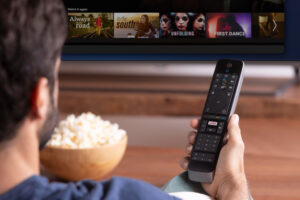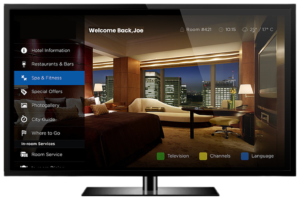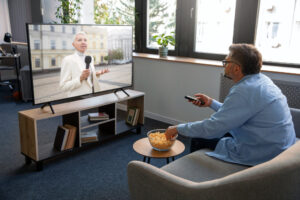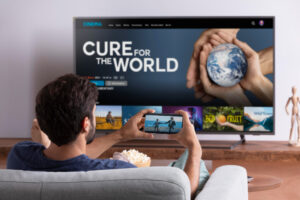Address
304 North Cardinal St.
Dorchester Center, MA 02124
Work Hours
Monday to Friday: 7AM - 7PM
Weekend: 10AM - 5PM
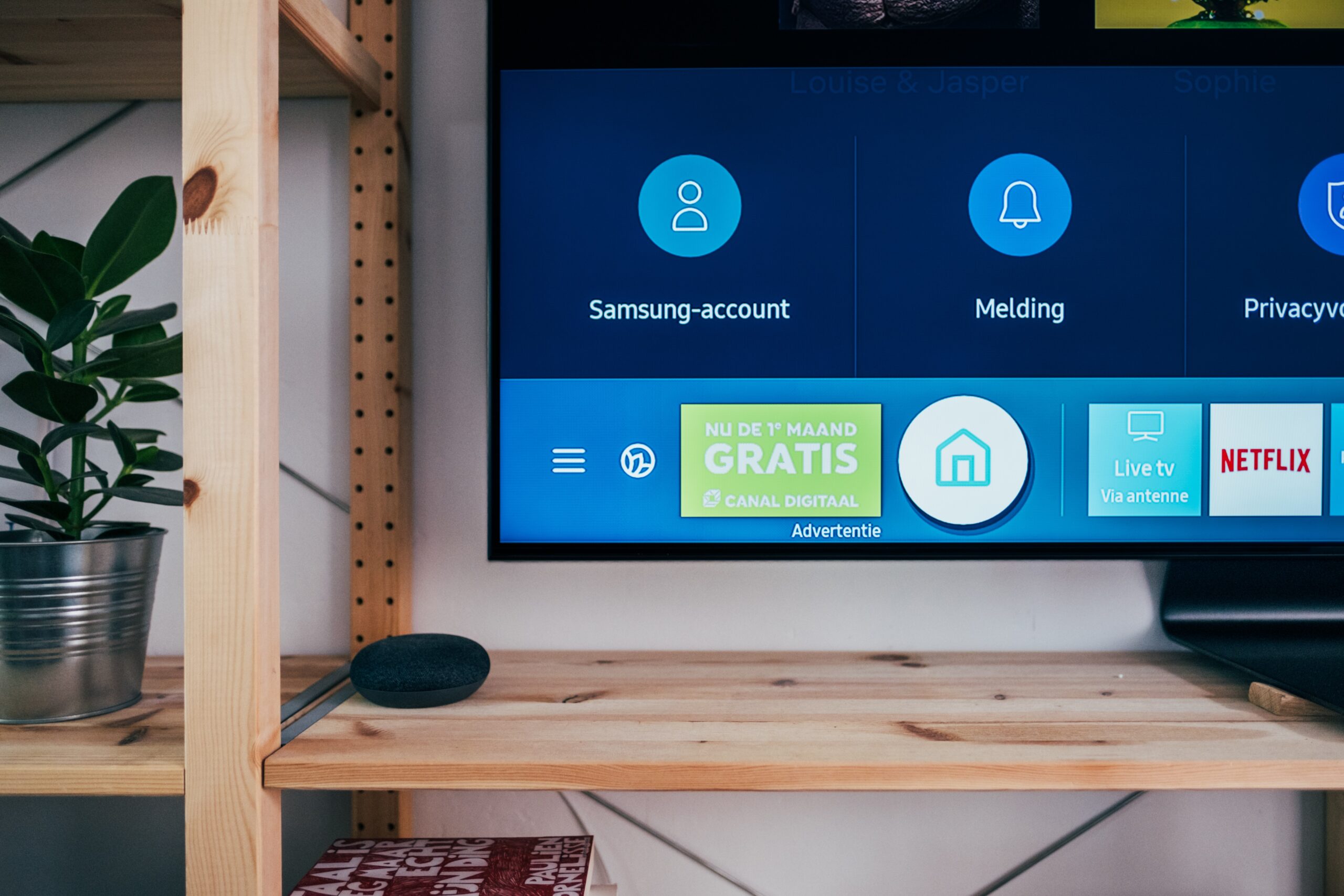
HbbTV, also known as Hybrid Broadcast Broadband TV, is a global movement aimed at smoothly blending TV broadcasts with internet content on connected Televisions and OTT devices (such as settop boxes and streaming dongles). In layman’s terms, HbbTV is similar to teletext for 4K television. All of the bells and whistles that the internet has gotten us used to distinguish it from teletext: overlay content enrichment with high definition graphics and text, and ways for audience participation.
HbbTV is both an industry standard (ETSI TS 102 796) and a campaign to promote unified hybrid TV distribution across all platforms. The HbbTV partnership includes standardisation and research organisations, broadcasting firms, software and content protection professionals, and significant device makers.
HbbTV has been around for a while; its origins can be traced back to 2010, when German broadcaster RTL launched HD Text, a teletext variant leveraging HbbTV and the CE-HTML interface language. The standard was quickly adopted, particularly in European countries. HbbTV began to gain popularity in France, Germany, and Spain in 2011. In the meanwhile, Austria, the Czech Republic, Slovakia, Denmark, the Netherlands, Poland, and Switzerland were organising testing and announcing adoption activities.
HbbTV can be transmitted by broadcast or an IP link, but because to the volume of data exchanged, particularly in content-rich cases, it works best when broadcast and internet networking are used in tandem.
On the most basic level, HbbTV is advertised as a replacement for the now-outdated but still-existing teletext (remember that?) on televisions. But HbbTV is a completely different beast. The important distinction here is that the material is shown over the internet. The use cases have yet to be thoroughly investigated.
To begin, in order for HbbTV to function, the TV or OTT device must support HbbTV.
Second, the broadcaster must make a HbbTV application available (or applications).
If both of these requirements are satisfied, a suitable indicator on the screen will display, notifying the user of the availability of further HbbTV material. The programme is launched by pressing a button on the remote. This app does not often interfere with the viewing experience; the video remains visible, but may be shown in a smaller window or overlaid by theHbbTV content.
HbbTV allows the app to supplement video material in a variety of ways.
Let us to walk you through some of the more intriguing examples:
Extra information. This might contain more recent information about the content being viewed. Imagine watching a football game and being able to check each player’s statistics immediately from your remote control – without even having to reach for your phone. In movies, this may be a technique to display an actor’s name and a brief bio while they are on screen – in case you get into a fight with your flatmate over where he or she performed.
More elaborate and personalised news tickers (aka “crawlers”) – strips displayed at the bottom of the screen, for example, in news broadcasts – might also be implemented. This would allow them to offer more personalised material or give users the option to fully deactivate the strip.
Programme guide is likely the most obvious, yet extremely helpful, HbbTV implementation. This is also most likely the only HbbTV use case that most people have encountered and utilised on their Televisions, unknowingly. The HbbTV programme guide can feature more information about the shows in the programme, as well as the option to change stations straight from the programme guide.
This implementation might also include a menu with access to extra video content (behind the scenes, bloopers, interviews, etc.) or simply show the trailer for the evening’s film.
Viewer involvement might take many different forms. For example, while viewing a favourite Hollywood classic, viewers might take quizzes to test their script knowledge and see how they compare to other viewers (via live statistics displayed on the screen).
Initially, users could only interact with the software via the remote, which had coloured buttons, cursor buttons, and numbers. The HbbTV 2.0 version additionally allows for interactivity through a mobile device, such as a phone or tablet. Nevertheless, most devices do not support this update.
Lyrics for the music video being seen might be at the viewer’s fingertips. These might be presented on the screen when the music is playing on HbbTV, along with other information such as the artist’s profile.
Improved advertising on HbbTV will be more contextually relevant to the viewer. Advertisements may no longer be required to interrupt the broadcast. Instead, they can supplement the video content and enable for instant response (e.g., purchase now/find out more) if viewers find the product appealing.
The benefits of programmatic advertising have been known to online advertisers for decades, but they are now available on television thanks to HbbTV. Advertisers and broadcasters can use this to:
Customized content BBC R&D department is working on a concept to personalise the broadcast service on the fly by substituting content pieces with IP-delivered material on linked set-top boxes and smart Televisions.
This might enable dynamic ad substitution (DAS), as well as a variety of other non-commercial applications: Consider viewing a weather prediction that is solely focused on your location, saving you time by not requiring you to see the entire country’s weather breakdown.
Customized material offered via HbbTV will assist to personalise broadcast services to a specific viewer’s taste (to some extent), generating a unique, somewhat personalised version of television for them.
In conclusion, television is no longer a linear medium. HbbTV has effectively salvaged it from obscurity and established unique use cases that blend the interaction of the internet with the social, vicarious features of watching television.
The ideas and technology are present, as demonstrated by the examples above. We only need to overcome some of the growing pains that are preventing widespread adoption of HbbTV: security issues and device compatibility.
Find more similar content on HBBTV topic at Our Blog page: https://ottfast.com/blog/
